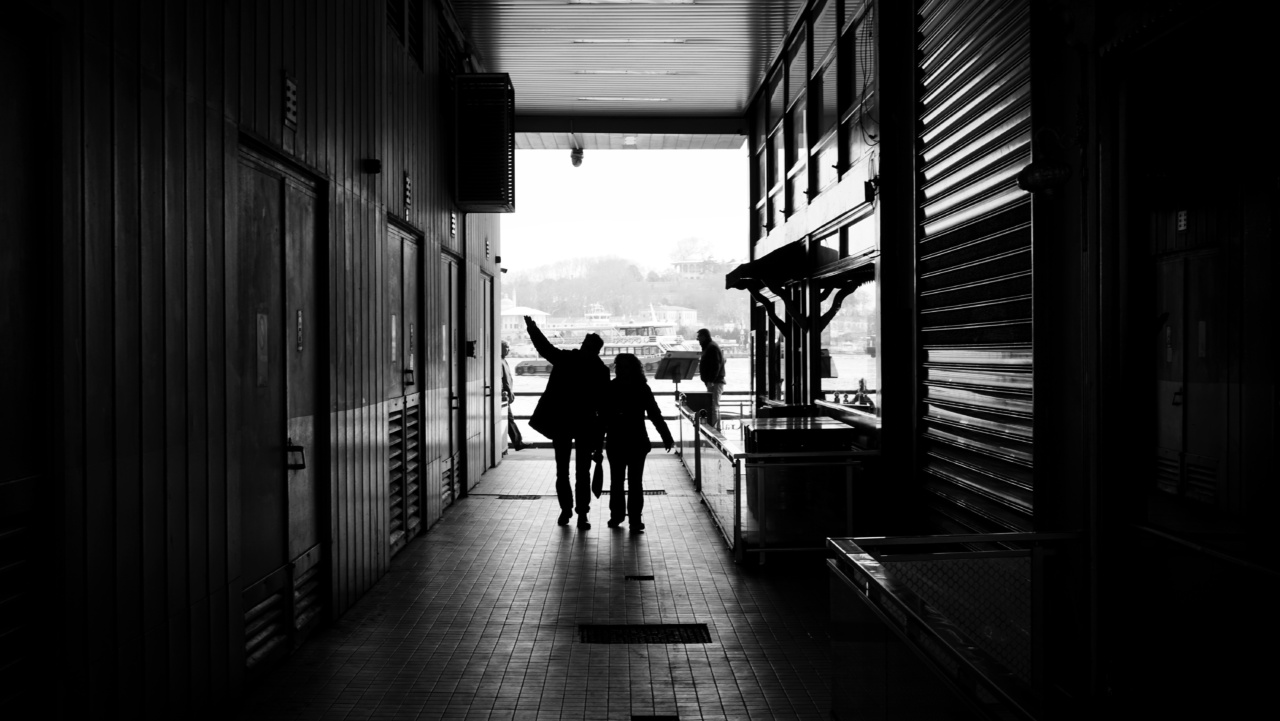As we age, our body undergoes many changes which start reflecting in our health and behavior. Some of the common health issues faced by people during old age include visual difficulties and cognitive decline.
These two problems can be severe and debilitating on their own, but studies show that they may be inter-connected and have some correlation. Is there a relationship between visual difficulties and cognitive decline? In this article, we will attempt to answer this question.
What are visual difficulties?
Visual difficulties refer to any vision problems that can affect how you see the world around you. It includes all the issues related to your eyesight, like blurriness, double vision, loss of peripheral vision, and so on.
As you age, your eyesight can start deteriorating, and it can become harder to see things clearly. This can lead to visual difficulties and affect your daily life activities.
What is cognitive decline?
Cognitive decline is the loss of intellectual function or abilities, which can affect memory, thinking, language, judgment, and problem-solving.
These changes can be a natural part of aging, but in some instances, they can be accelerated or related to an underlying medical condition like dementia or Alzheimer’s disease. Cognitive decline can range from mild to severe, and it can gradually affect every aspect of daily living.
The Relationship between visual difficulties and cognitive decline
Studies have shown that there is a connection between visual difficulties and cognitive decline. People who experience visual difficulties tend to score lower on cognitive tests as well, which indicates reduced mental functioning.
This is because the brain and the eyes are strongly interlinked, and visual impairments can cause the brain to work harder in processing visual information.
Moreover, visual difficulties can also affect the cognitive function of an individual since it requires more mental effort to adapt to changing vision.
For instance, reading can become harder with age, causing an individual to strain their eyes and use more brainpower to read. This extra strain can ultimately affect the cognitive function of an individual.
What can you do to help someone with visual difficulties and cognitive decline?
If you or someone you know is experiencing visual difficulties and cognitive decline, here are some ways to help:.
1. Get regular check-ups
Go for regular check-ups with an optometrist to ensure that your eyesight is intact, and any issues are identified and treated early on.
2. Simple lifestyle changes
Encourage simple lifestyle changes like a healthy diet, good sleeping habits, and exercise as they can help improve eye and brain function.
3. Occupational Therapy
Occupational therapy is a specialized way of rehabilitating individuals affected by visual and cognitive decline.
Therapy sessions can help individuals learn how to perform daily life activities using adaptive equipment, which can significantly improve their quality of life.
Conclusion
Visual difficulties and cognitive decline can impact older adults and affect their daily life activities. Whether it’s natural aging or medical issues, seeking proper help is essential to mitigate the effects and improve the quality of life.
In conclusion, it is clear that visual difficulties and cognitive decline have a strong correlation. Therefore, taking steps to identify and treat these problems can help maintain good mental function and a healthy lifestyle.





























